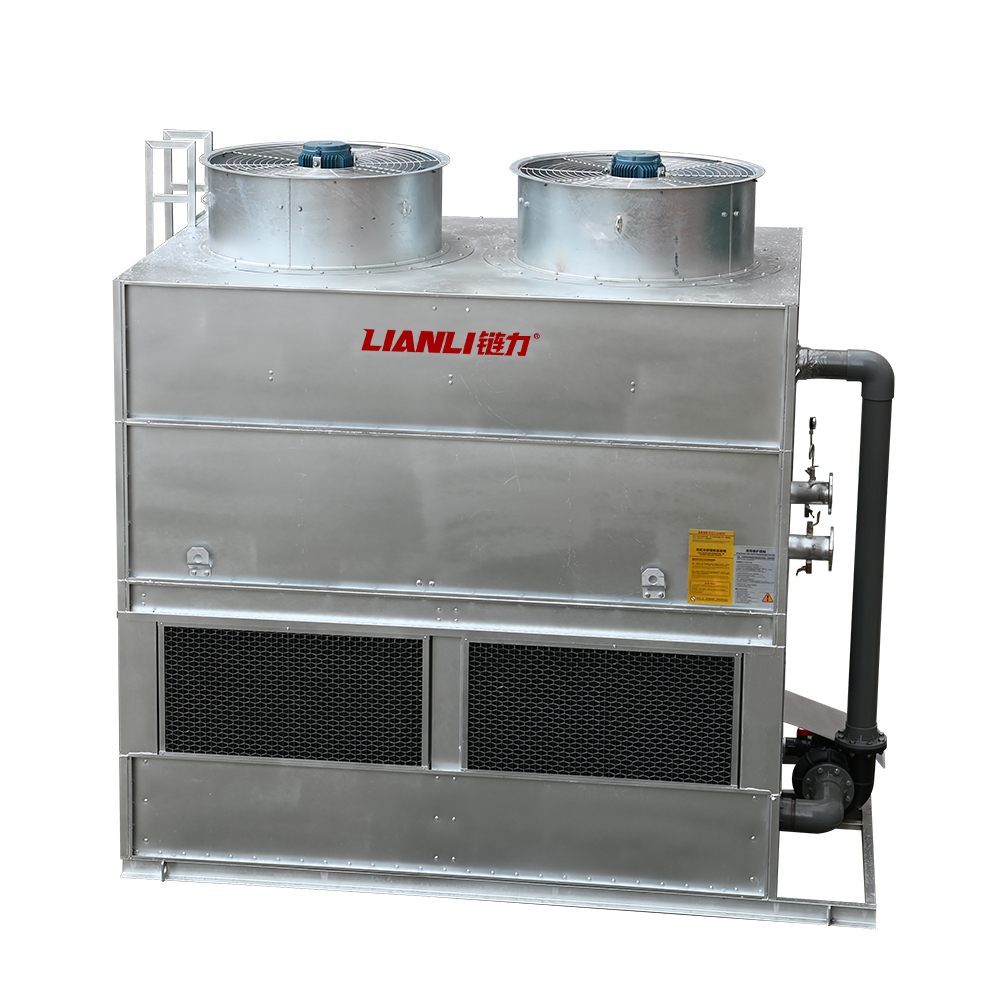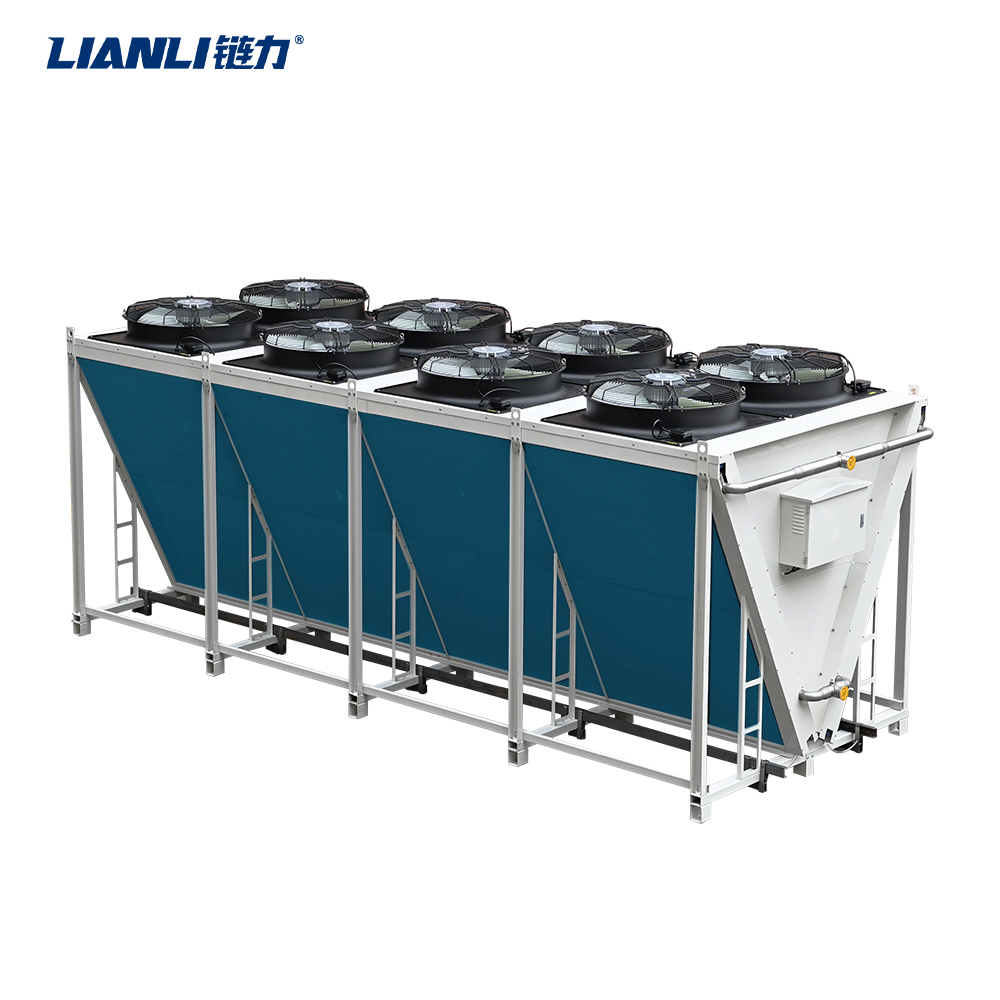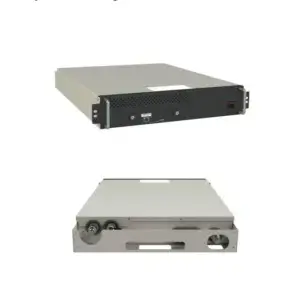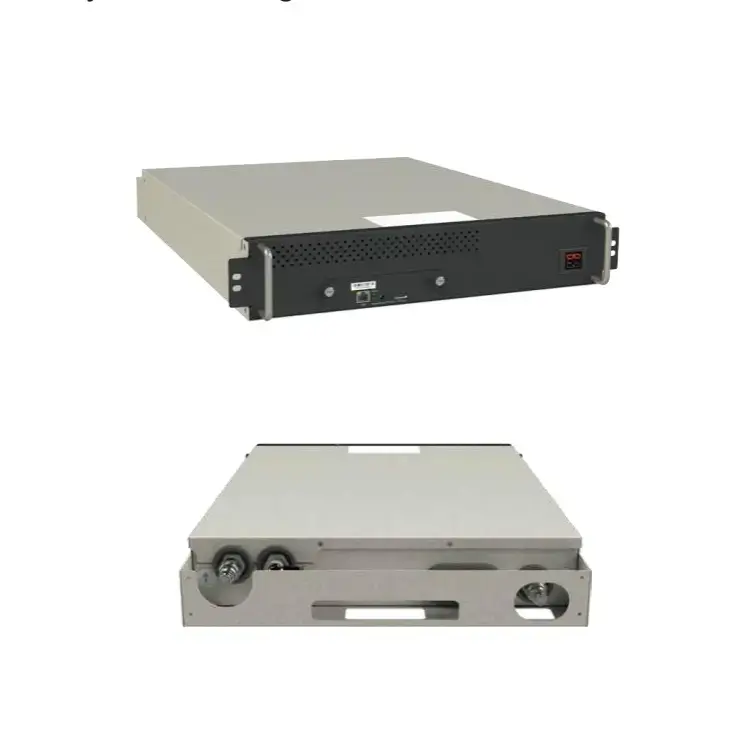Miner S23e Hyd.+: Liquid Cooling and Its Role in Mining Data Center .Cooling Innovation
The cryptocurrency mining landscape is undergoing a profound transformation, driven by the relentless pursuit of higher efficiency and lower operational costs. At the heart of this evolution lies a critical challenge: managing the immense heat generated by increasingly powerful mining hardware. Traditional air-cooling methods are reaching their limits, prompting the industry to embrace more advanced thermal management solutions. Among these, liquid cooling has emerged as a game-changer, offering superior heat dissipation, enhanced energy efficiency, and a pathway to sustainable mining operations. The Miner S23e Hyd.+ stands as a prime example of this technological leap, embodying the future of mining data center cooling innovation.
The Heat Challenge in Modern Mining
Modern ASIC miners, like the Miner S23e Hyd., generate significant heat during operation. This heat, if not effectively managed, leads to thermal throttling, reduced hash rates, increased power consumption, and ultimately, shortened hardware lifespan. Air cooling, while ubiquitous, struggles with high-density deployments common in large-scale mining farms. The inefficiency of moving large volumes of air to cool concentrated heat sources results in higher energy expenditure for cooling systems (measured by Power Usage Effectiveness – PUE) and limits the achievable compute density within a given space.
Liquid Cooling: A Paradigm Shift
Liquid cooling directly addresses these limitations. By utilizing a liquid coolant (often dielectric fluid or water-glycol mixtures) with a much higher heat capacity than air, it can absorb and transport heat away from the source far more efficiently. There are primarily two types relevant to mining:



- Immersion Cooling: The entire mining rig is submerged in a non-conductive liquid bath. The Miner S23e Hyd. is specifically designed for such environments. The liquid directly contacts all heat-generating components (ASIC chips, VRMs, etc.), providing exceptional heat transfer and uniform cooling. This method virtually eliminates hotspots, allows for extreme overclocking potential, and significantly reduces ambient temperature and noise levels within the data center.
- Direct-to-Chip (Cold Plate) Cooling: Coolant flows through sealed metal plates (cold plates) thermally bonded directly to the primary heat sources (e.g., ASIC chips). While not submerging the entire unit, this method is highly effective and can be integrated into existing infrastructure more readily than full immersion.
- Optimized Thermal Design: Components are strategically placed and potentially coated or sealed to withstand prolonged exposure to dielectric fluids, ensuring long-term reliability.
- Superior Heat Dissipation: Immersion cooling enables the Miner S23e Hyd.+ to maintain optimal operating temperatures consistently, even under heavy load or overclocked conditions. This stability prevents performance degradation and maximizes hash rate uptime.
- Dramatically Lower PUE: By transferring heat directly to the liquid, which is then cooled externally (often using efficient heat exchangers or even district heating), the energy required for data center air conditioning is drastically reduced. PUE values can approach 1.05 or lower, compared to 1.5-2.0+ for traditional air-cooled facilities, translating to massive energy savings.
- Increased Compute Density: Liquid cooling allows for much tighter packing of mining units. The Miner S23e Hyd.+ enables data centers to deploy significantly more computing power per square foot, maximizing space utilization and profitability.
- Reduced Noise and Maintenance: The near-silent operation of liquid-cooled systems (no loud fans) improves the working environment. Furthermore, the sealed environment protects components from dust and corrosion, potentially extending hardware lifespan and reducing maintenance needs.
- Sustainability and Heat Reuse: The high-grade heat captured by the liquid coolant can be repurposed for space heating, water heating, or industrial processes, turning a waste product into a valuable resource and further enhancing the environmental footprint of mining operations.



- Facility Design: Data centers can be built in locations previously unsuitable due to heat dissipation constraints (e.g., urban areas, colder climates less critical). Reduced need for massive HVAC systems simplifies infrastructure.
- Operational Efficiency: Lower cooling energy costs directly improve the bottom line. Predictable thermal performance allows for more stable and efficient power planning.
- Scalability: Liquid cooling provides a scalable solution for future generations of even more powerful and heat-dense mining hardware.





